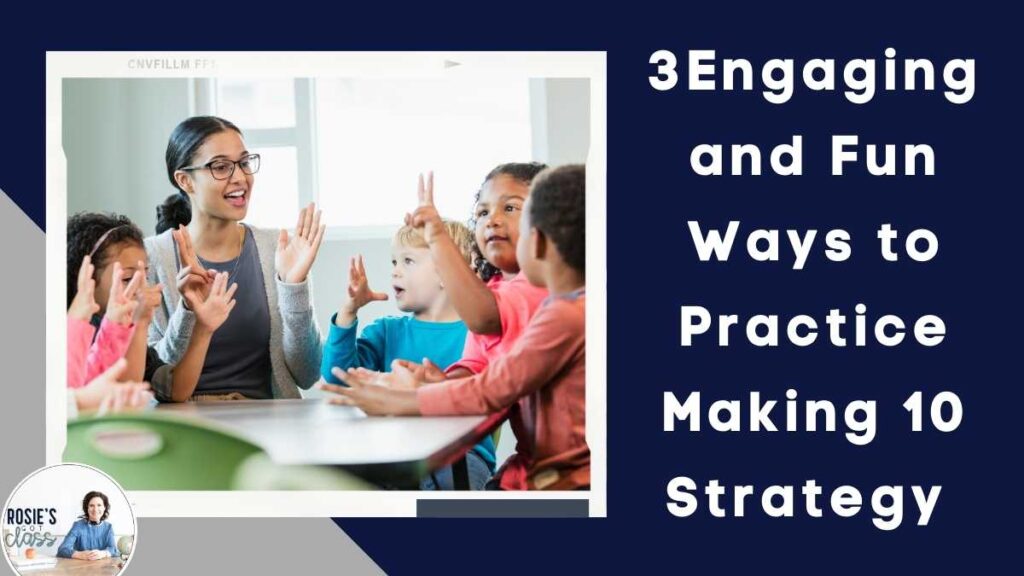
The making 10 strategy is fun! It is also an essential skill in first and second grade because it is a building block for more complex math and helps young students develop a strong number sense. For young students, mastering this concept can be exciting and enjoyable with a hands-on approach. Here are three engaging and fun ways to help your students practice making 10 math strategy: building with manipulatives; singing songs; and playing games.
Developing number sense is an ongoing process in the younger grades. Children love to show information about themselves. This Numbers About Me page combines building number sense with sharing facts about each child. Your students will also love to draw a picture of themselves in the middle. Use this FREE page as a center activity or a whole class project. You can turn it into a display by putting each page on a piece of string for a banner that can be displayed in your classroom or quickly staple them on a bulletin board. Whatever way you choose, simply print it out, and you are on your way to a fun activity. Type your name and email in the boxes and look for Numbers About Me in your inbox!
Build with Manipulatives
First, manipulatives are one of the best ways to make abstract math concepts concrete for your students. When students can touch, move, and manipulate objects, it helps them visualize numbers and understand their relationships. It builds their number sense and deepens their understanding of math.
The make 10 strategy is powerful because it helps students develop number connections. This is helpful for both addition and subtraction. Bob Collins explains how beneficial the make a 10 strategy is in an article entitled “5 Important Benefits of the Make-a-Ten Strategy for Addition and Subtraction Facts.” I highly recommend reading this article.
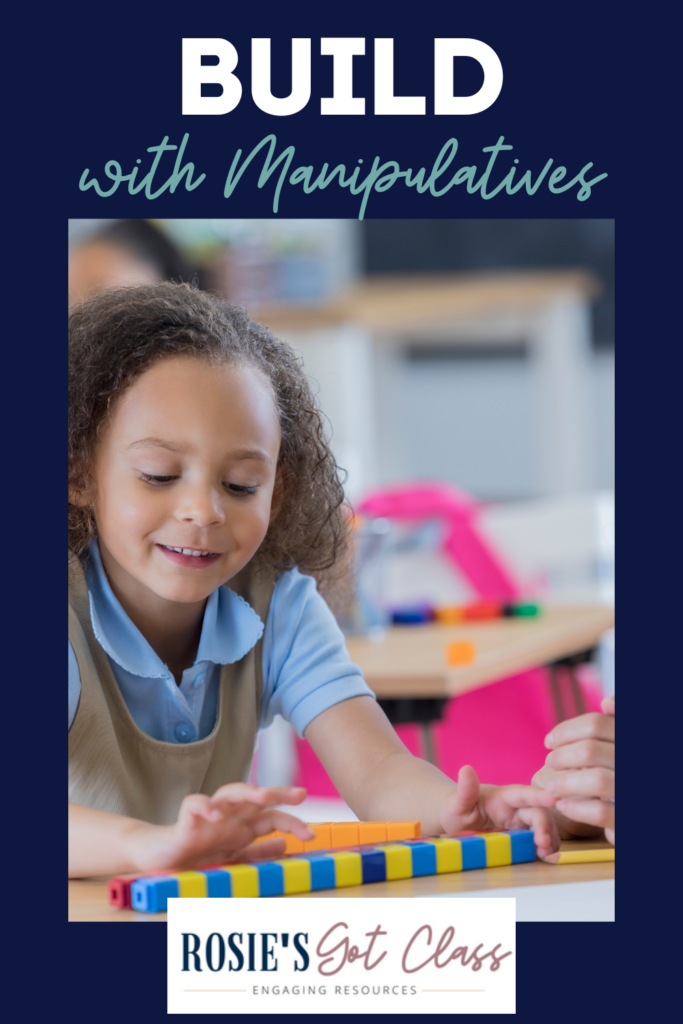
Here are three ways you can use manipulatives to help your students practice the 10 strategy.
Ten Frames and Counters
Ten frames are simple but powerful tools for teaching making 10. Give each student a ten frame with a set of counters. Begin by putting a certain number of counters on the ten frame and ask students to determine how many more are needed to make 10. For example, if there are 6 counters, they need to add 4 more to complete the ten frame. This visual representation helps solidify their understanding of the combinations that make up 10.
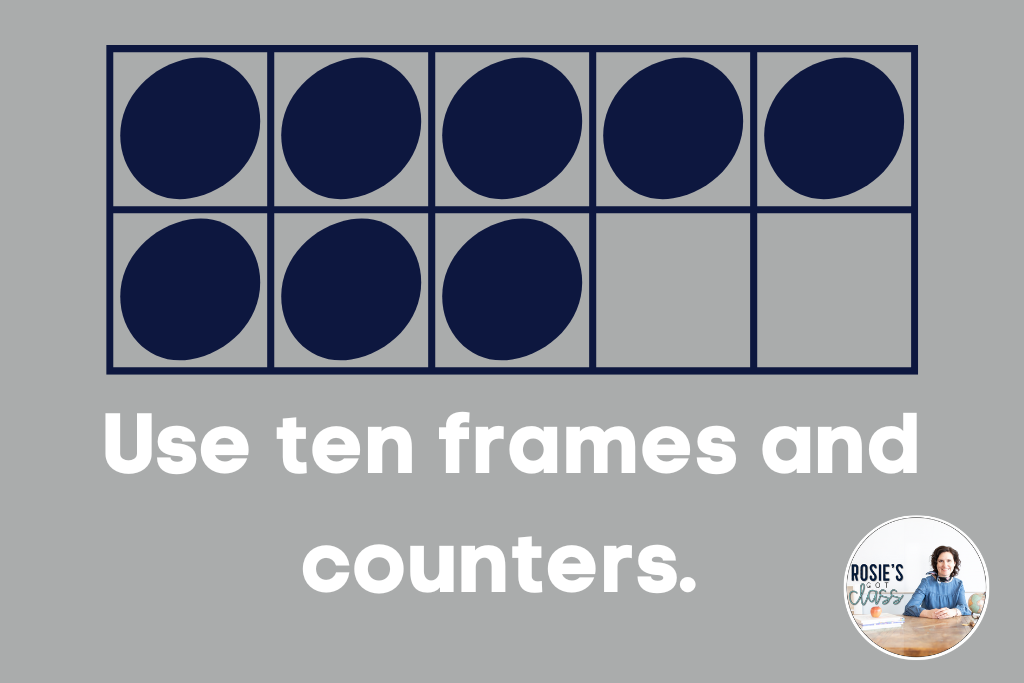
Linking Cubes
Linking cubes are another excellent manipulative. Give students a pile of cubes and ask them to create “trains” or lines that add up to 10. They can experiment by breaking apart and reassembling the cubes to find different combinations. This hands-on activity allows them to see, touch, and physically manipulate the parts that make up a whole. Have I mentioned that my students love this method?
Play Dough Models
Children love playdough so use this to your advantage and use it to create models. Have students roll out 10 small balls of play dough and then separate them into two groups that add up to 10. Challenge your students to see how many different combinations they can find. Another benefit of this activity is that it also builds their fine motor skills with this sensory activity.
Sing a Song or Use Rhythm
Next, you can use songs as powerful tools for learning the making 10 strategy. Music is beneficial because it engages multiple areas of the brain which makes it easier to remember information. Incorporating songs about making 10 can turn math practice into a fun and memorable activity.
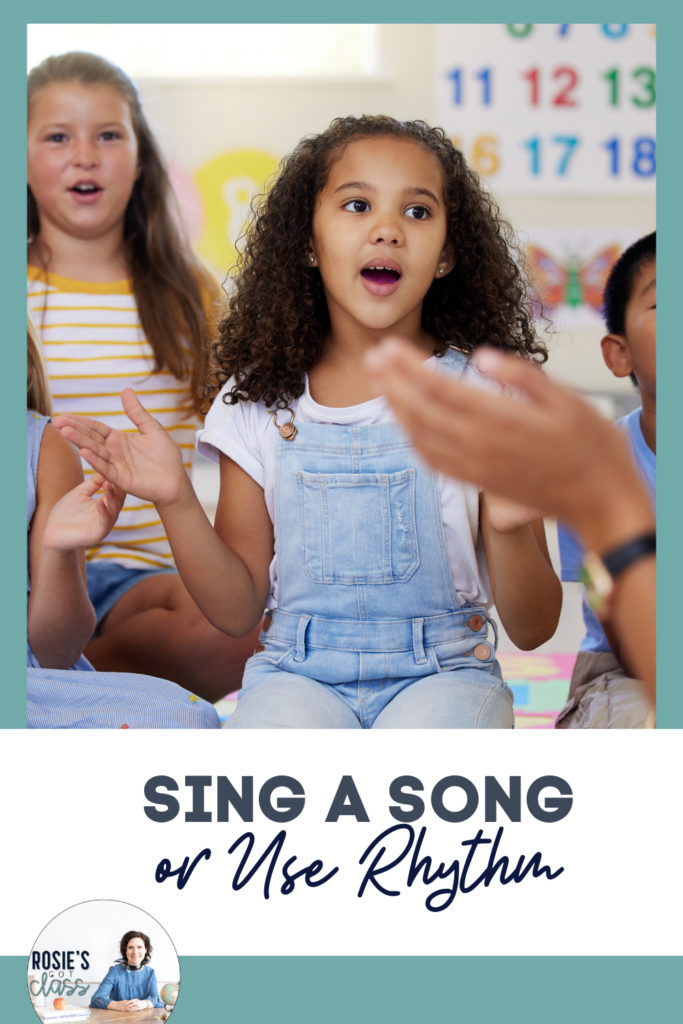
“Make a Ten” Song
Have your students help you create a simple song with a familiar tune that helps them remember the many different combinations that make 10. I suggest you choose an easy tune such as “Frere Jacques” or “Twinkle, Twinkle Little Star” or “Mary Had a Little Lamb.” If children help create the song, they will be more likely to remember the combinations of 10. If this seems overwhelming to you, I would suggest that you find a song on Pinterest.
Making 10 Number Bonds
Introduce number bonds and focus on making 10. Students love to find the combinations! You could also make up chants with your class or turn to Pinterest for chants that someone else has already written.
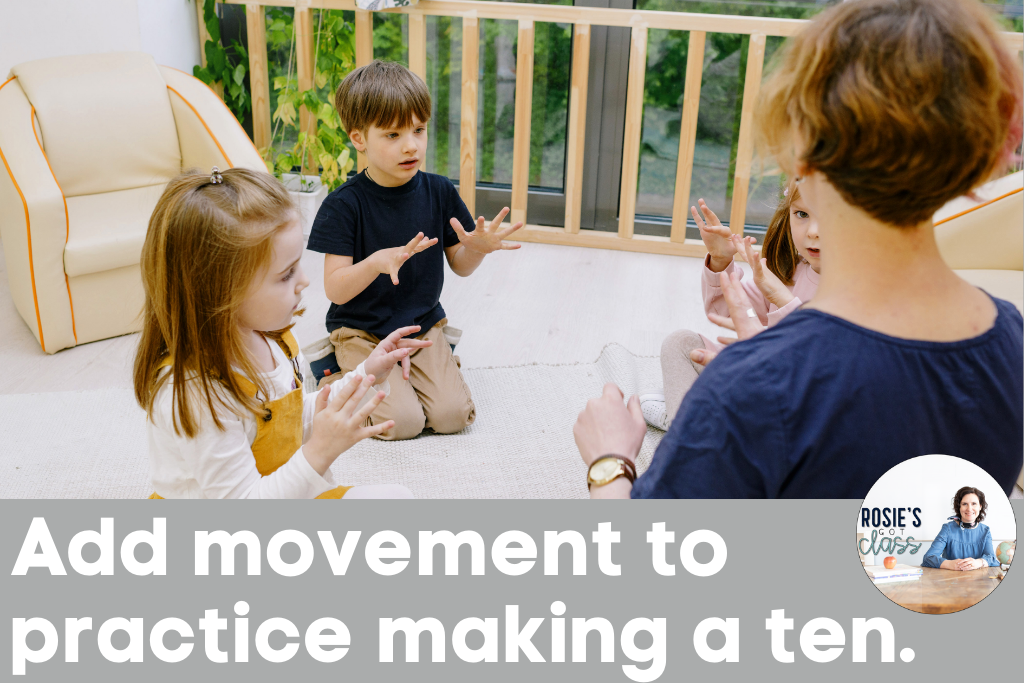
Add Movement
When movement is added to the music or rhymes, it makes the activity more engaging and memorable. As students sing or chant about different number pairs that make 10, they can hold up fingers, use hand gestures, or even dance. This multi-sensory approach reinforces their learning and makes the concept stick.
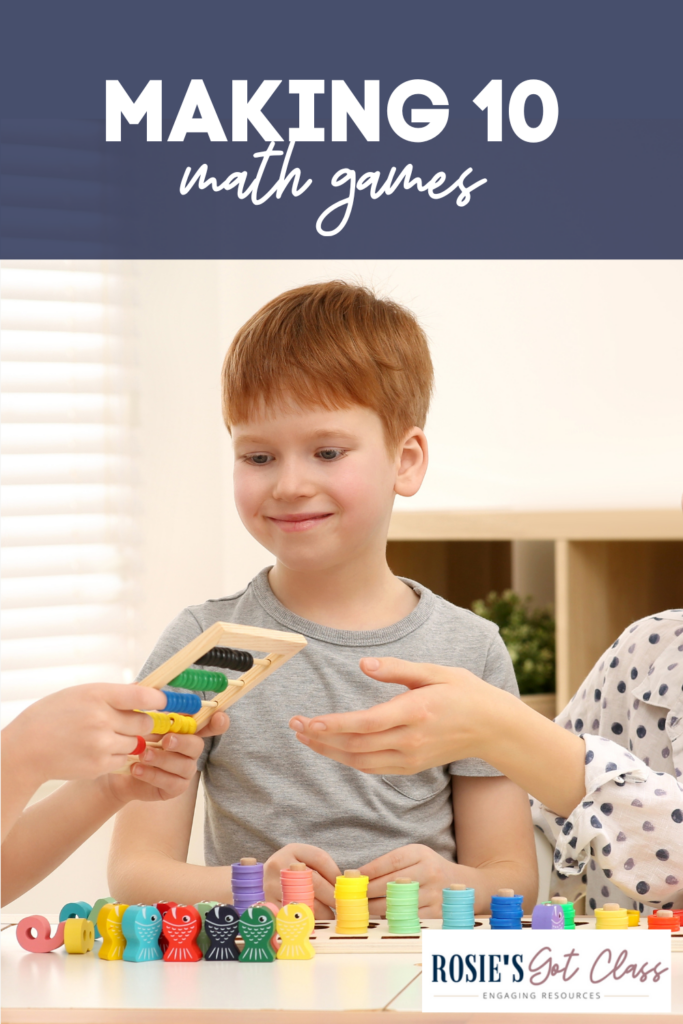
Making 10 Math Games
Games are a natural way for children to learn. They provide motivation, practice, and a bit of healthy competition. Incorporating games into math lessons can make learning about making 10 more fun.
Making 10 Card Game
You can create a card game using a standard deck of cards (with face cards removed) or make your own set with numbers 1-9. The goal is to find pairs of cards that add up to 10. Spread the cards out face down and have students take turns flipping over two cards. If the numbers add up to 10, they keep the pair. If the cards do not make a 10, they turn the cards back over. The student with the most pairs at the end wins.
Bingo
Create bingo cards with different combinations that add up to 10. Call out sums like “3 plus 7” or “6 plus 4,” and have students cover the corresponding combination on their bingo cards. The first student to cover all their combinations and shout “Bingo!” wins. This game reinforces their ability to quickly recognize pairs that make 10.
Card Flip Game
I like to play this game with my class in a morning meeting. You will need a deck of cards with all of the face cards removed, or you can use a set of number cards with the numbers from 1-9. First, flip over one card and show it to your class. You cannot see the number on the card and need to guess the number on the card from the number they show you with their fingers. Using their fingers, they need to show you the number that would make a 10 with the number card. For example, if I showed them a 3, they would hold up 7 fingers. Then I would guess that the number is 3 because 7+3=10. It is a fast way to practice the making 10 addition strategy.
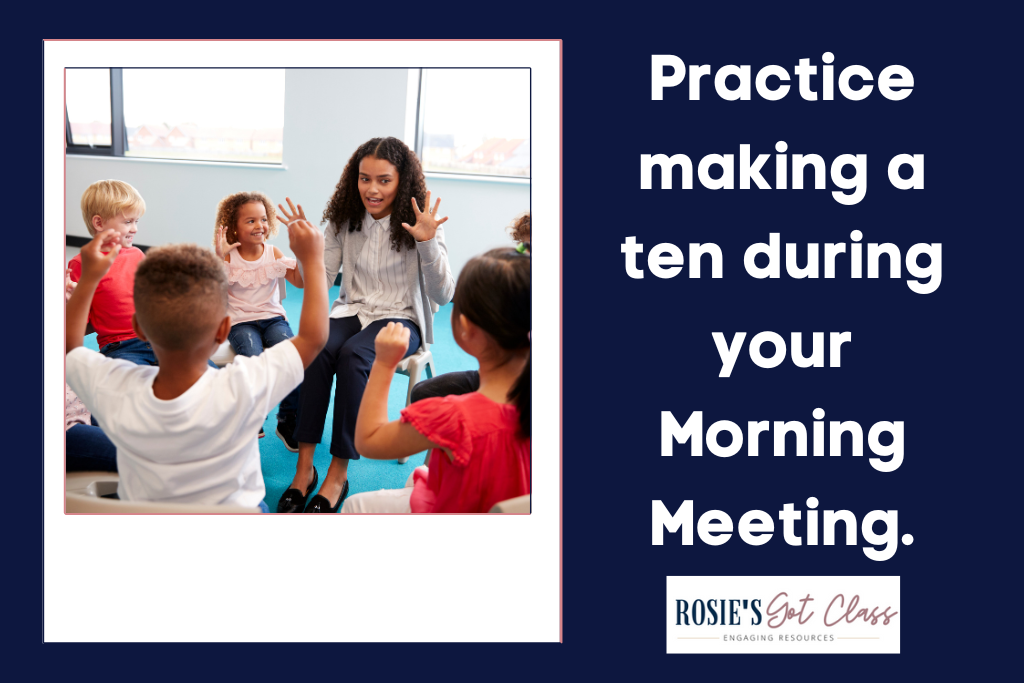
In conclusion, teaching first and second graders the making 10 strategy doesn’t have to be boring. By incorporating manipulatives, songs, and games, you can create an enjoyable learning environment that keeps students engaged. These methods not only help students understand and remember the concept of making 10 to add strategy but also help them learn the making 10 to subtract strategy. Have fun getting creative, sing a song, play a game, and build your way to amazing success with the making 10 strategy.
Here are some other articles you may be interested in reading.


